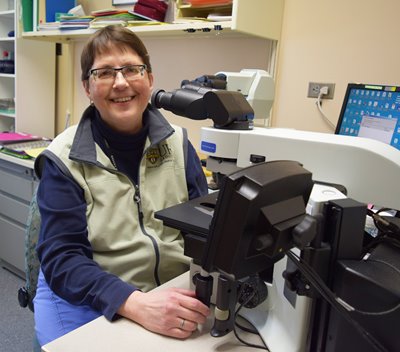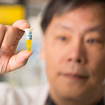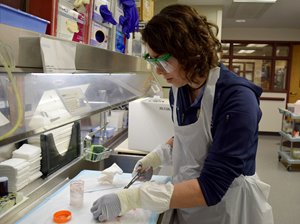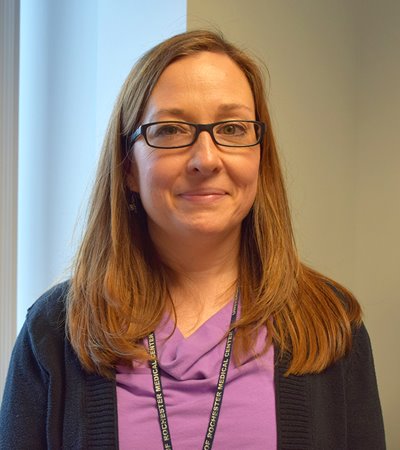Four Decades Behind the 'Scope: Q&A with Cytotechnologist Mary Ann Rutkowski
Mary Ann Rutkowski remembers the day she chose her future career – at the mall.
As a high-schooler, she attended a career day event when someone handed her a flier about the field of cytology. Always interested in biology, she was intrigued as she read about microscopes and cancer detection.
Dr. Blitman Named a 'HearStrong Champion'
Pathology resident, Dr. Joseph Blitman, has been named a HearStrong Champion by the HearStrong Foundation.
Blitman is now completing his first year of pathology residency at URMC. In his bio, he describes his struggle with hearing loss and how devices helped him succeed academically and professionally.
Is It Time for New Strategies to Treat Aggressive Prostate Cancer?
A new URMC study confirms that androgen deprivation therapy, which initially shrinks aggressive prostate tumors, is a double-edged sword that ultimately might fuel the spread of cancer.
Nothing 'Gross' About it: The Work of a Pathologists' Assistant
It’s 9:05 on a Wednesday morning and a group of apron clad pathologists' assistants (PAs) are gathering for morning rounds.
This is a daily meeting during which the pathologists, PAs, and residents meet on the floor of the gross room at the University of Rochester Medical Center.
URMC Representative Lays the Groundwork for Pathology to Combat Cancer in Haiti
Loralee McMahon was shocked as she asked a Haitian ob-gyn doctor and nurse how surgical specimens were used after an operation.





